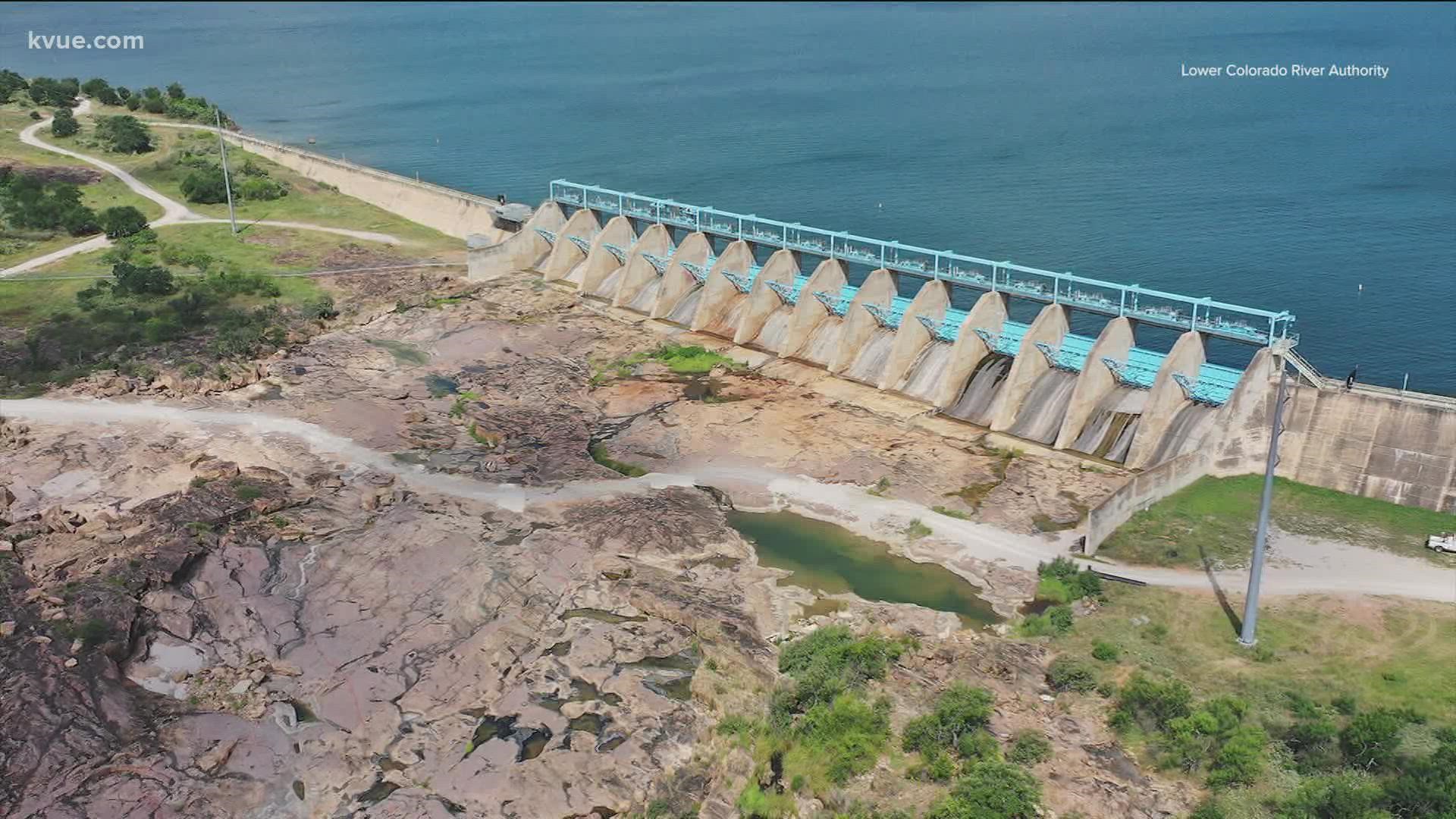AUSTIN, Texas — Lake levels are going up in Central Texas, so the Lower Colorado River Authority (LCRA) is scaling back its drought response.
The LCRA manages the lower Colorado River and our region's two water supply reservoirs – Lake Travis and Lake Buchanan.
On Monday, it moved from Stage 2 to Stage 1 of its drought response thanks to recent rains. Under Stage 2, the LCRA required water companies to impose restrictions with the goal of reducing water use by 20%. Now, the goal is to reduce water use by 10%.
The LCRA is able to do this because the combined water storage at Lake Buchanan and Lake Travis has increased from 42% to 56% from the beginning of May to now.
In response to continuing drought conditions, the LCRA board of directors approved new lower thresholds to trigger each stage in March.
“These rains were welcome, and it’s good to see our water supply reservoirs at higher levels, but the reservoirs are still stressed from years of drought,” John Hofmann, LCRA's executive vice president of Water, said. “With summer right around the corner, we all need to continue using water wisely and cutting back on discretionary water use.”
LCRA firm water customers develop and implement their own drought contingency plans that must be at least as restrictive as LCRA’s. Residential and commercial users should check with their water providers to determine their local watering restrictions, LCRA said.
“We encourage everyone to cut back water use when possible,” Hofmann said. “We’re heading into another hot, dry summer when the amount of water in lakes Buchanan and Travis typically drops because of increased water use and evaporation.”
For water-saving tips and resources, visit www.WaterSmart.org.

